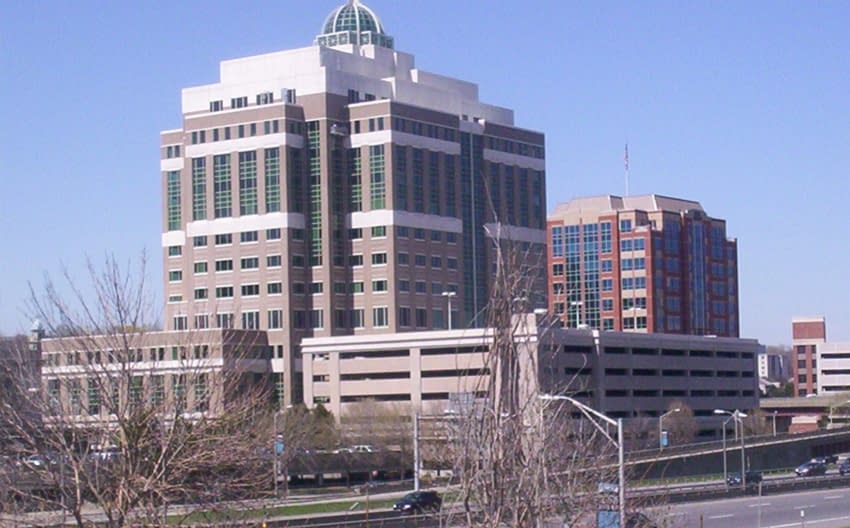🌞 Summer Sales Alert: Phase I Environmental Site Assessment in NYC 🌳
📢 Attention NYC Property Owners and Developers! 🏢
Limited-Time Offer: $1,700
🔎 Are you planning to purchase, develop, or refinance a property in New York City? Don’t let environmental risks be a surprise! Ensure a smooth transaction and protect your investment with our premium Phase I Environmental Site Assessment.
🌿 What is a Phase I Environmental Site Assessment (ESA)? 🌿
A Phase I ESA is a crucial investigation conducted to identify potential environmental risks and liabilities associated with a property. Our experienced team will conduct a comprehensive investigation, including reviewing historical records and aerial photographs, Interviewing property owners and occupants, Inspecting the site and surrounding areas for potential contaminants, evaluating regulatory compliance records to assess the potential presence of hazardous substances or contaminants.
💡 Why Choose Our Phase I ESA Services? 💡
✅ Expertise and Experience: Our team of environmental professionals brings years of experience and expertise in Phase I Environmental Site Assessments, ensuring accurate and reliable results.
✅ Fast Turnaround: We understand the importance of time in the real estate industry. Our efficient process ensures a quick turnaround, enabling you to make informed decisions quickly, and allowing you to proceed with your projects without delay.
✅ Compliance Assurance: Our assessments adhere to the highest industry standards, including ASTM E1527-21, ensuring compliance with regulatory requirements and minimizing potential liabilities.
✅ Peace of Mind: With our detailed reports, you’ll have the information you need to make informed decisions about your property, mitigating risks and safeguarding your investment.
🌟 Summer Sales Promo Details: 🌟
For a limited time, take advantage of our exclusive Summer Sales Promo and secure your Phase I Environmental Site Assessment in New York City for the unbeatable price of $,1700. per single tax lot! Don’t miss this opportunity to save on essential environmental due diligence to safeguard your investment and gain peace of mind.
📆 Promo Validity: July 1st, 2023 – July 31st, 2023 📍 Service Area: New York City (All boroughs) 💰 Price: $1,700. (Limited time offer!)
📞 Contact us today to schedule your Phase I ESA!
📧 Email: in**@ae*****.com 📞 Phone: 718-209-0653
Remember, knowledge is power when it comes to protecting your investment. Take advantage of our Summer Sales Promo and gain peace of mind by knowing the true environmental condition of your property.
Act now and contact us to book your Phase I ESA at the discounted price of $1,700. Our team is ready to assist you every step of the way!
🌞 American Environmental Assessment & Solutions, Inc. – Where Environmental Excellence Meets Unparalleled Service! 🌞



 American Environmental is offering special pricing on Phase I ESAs ordered during the Spring month of April on single tax lots located within NYC.
American Environmental is offering special pricing on Phase I ESAs ordered during the Spring month of April on single tax lots located within NYC. 

